
Application Form
Accreditation of Training in Anaesthesiology and Intensive Care
The ATAIC is offered on a voluntary basis to the academic departments of anaesthesia which apply for teaching accreditation in accordance with the European Training Requirements.

About
The Accreditation of Training in Anaesthesiology and Intensive Care (ATAIC) is a programme that aims to promote and improve the quality of anaesthesiology and intensive care training across Europe and beyond.
The ATAIC programme offers accreditation to hospitals and training centres that provide high standards of education and training in anaesthesiology and intensive care. The accreditation process involves an application, a site visit, a report, and a certificate of accreditation.
The ATAIC is offered on a voluntary basis to the academic departments of anaesthesia which apply for teaching accreditation in accordance with the European Training Requirements.
Accreditation may be valid for up to five years depending on the visitors’ recommendations and the decision of the ATAIC Joint Committee.
Each application is sent by the Head of a Department or Institute to the ESAIC Secretariat and reviewed by the ATAIC Joint Committee who will determine whether an accreditation or re-accreditation is applicable.
A questionnaire outlining the structure of the hospital, the composition of the staff and the organization of teaching and training is then completed by the applicant and submitted together with supporting documents to the ESAIC Secretariat.
The questionnaires that each trainee of the applying department send individually to the ESAIC office constitute another important source of information for the visitors and reviewers.
The team is made of three visitors appointed by the ATAIC Joint Committee: one from the ESAIC, one from the EBA and one from the country in which the hospital visit will take place. The latter is appointed by the National Society of Anaesthesiology of the visited country.
The 2-day visit consists of a detailed presentation of the hospital staff, the organisation of the hospital, the department (or the institute) and the training structure (see template visit schedule). This forms the basis for a discussion and evaluation of all aspects of the teaching and training process with the staff members involved.
The purpose of the evaluation is to complement and build upon the strengths of the department and to encourage development and change in order to address areas of weakness. This step is followed by an interview with trainees at different levels of training in the absence of supervifsing staff.
The visiting team should formulate its conclusions, conditions and recommendations in a fully agreed and dated report. There should be two aspects to this recommendation: duration of approval and conditions for re-accreditation.
The draft report from the visiting team is discussed within the ATAIC Joint Committee and then sent to the visited centre to correct any factual errors.
After the report has been finalised, it is sent again to the visited centre (within 6 months of the visit), forwarded to the ESAIC and EBA Boards and is finally archived at the ESAIC Secretariat.
Any department that has submitted an application for certification and has subsequently been visited and approved will receive a certificate of accreditation during the Euroanaesthesia Award Ceremony. Accreditation may be valid for up to five years depending on the visitors’ recommendations and the decision of the ATAIC Joint Committee.
International travel expenses will be covered by the applicable fee (see table below) but costs incurred within the country are met by the visited institution. The host or the National Society will also cover the cost of an independent interpreter should the visitor request it.
Accreditation or Re-accreditation: €3500. The price mentioned excludes 21% VAT.

Application Form

Visit Schedule

Visit Flowchart

Policy

Procedures

Questionnaire (Departments)

Questionnaire (Trainees)

Visitor Report

Larissa University Hospital
Larissa, Greece
Department of Anaesthesiology (May 2024 – April 2029)
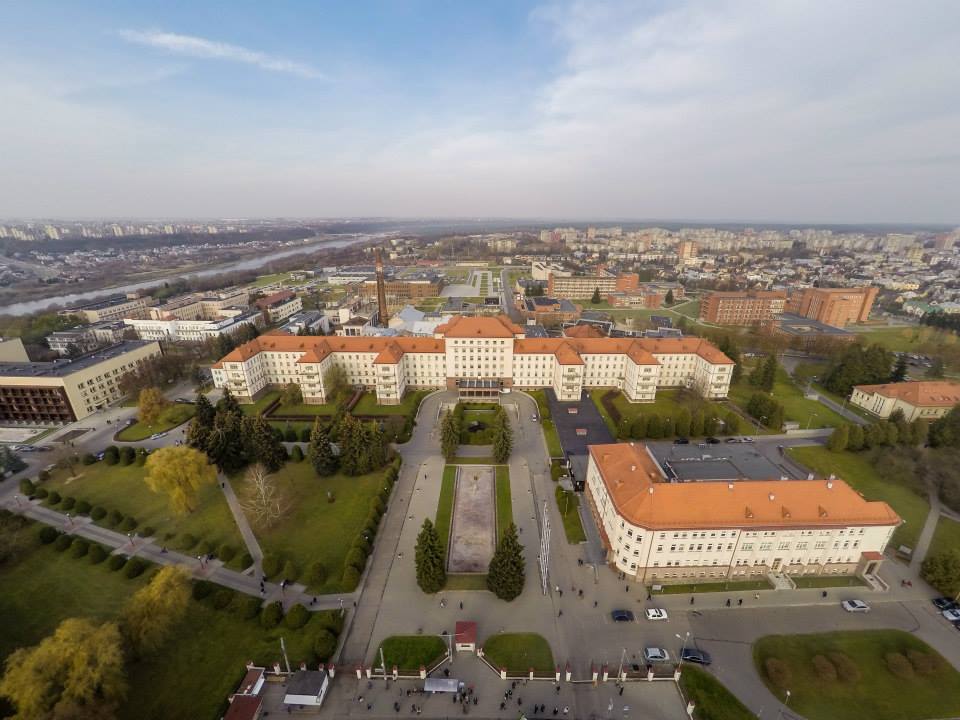
Hospital of Lithuanian University of Health Sciences Kaunas Clinics
Kaunas, Lithuania
Department of Anaesthesiology (February 2024 – January 2028)
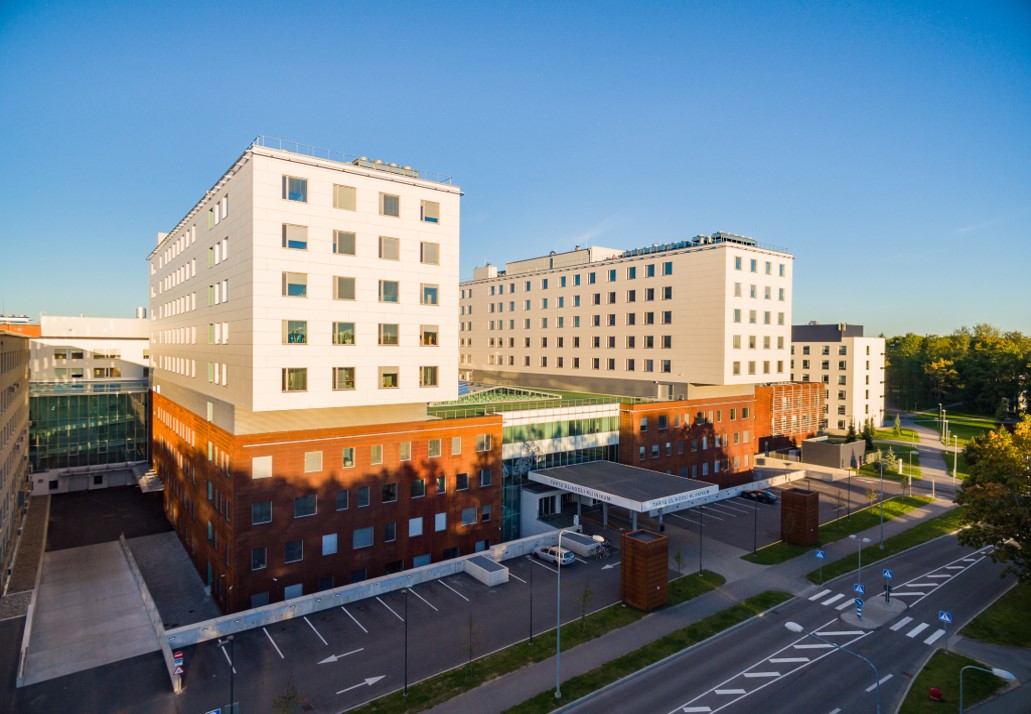
Tartu University Hospital
Tartu, Estonia
Department of Anaesthesiology and Intensive Care (September 2023 – August 2027)

Sahlgrenska University Hospital
Gothenburg, Sweden
Department of Anaesthesiology and Intensive Care Medicine (November 2023 – October 2028)
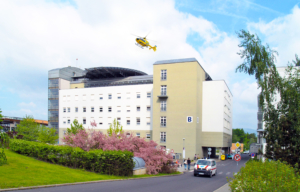
Masaryk Hospital Usti nad Labem
Usti nad Labem, Czech Republic
Department of Anaesthesiology, Perioperative Medicine and Intensive Care (January 2023 – December 2028)
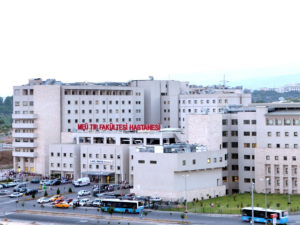
Mersin University Hospital, Çiftlikköy Campus
Turkey
Department of Anaesthesiology and Reanimation (November 2019 – November 2024)
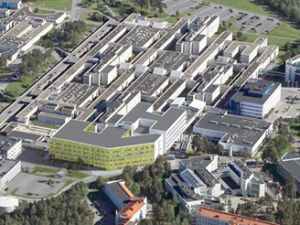
Oulu University Hospital
Finland
Department of Anaesthesiology and Intensive Care (August 2019 – August 2024)
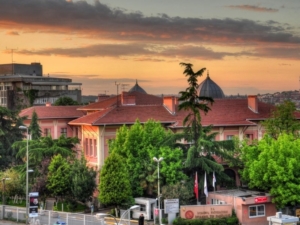
Istanbul University, Istanbul Faculty of Medicine
Istanbul, Türkiye
Department of Anaesthesiology and Intensive Care (November 2019 – November 2024)
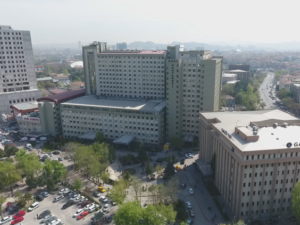
Ankara Gazi University School of Medicine
Ankara, Turkey
Department of Anaesthesiology and Reanimation (October 2023 – September 2028)
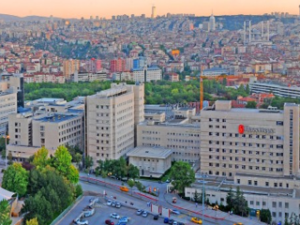
Ankara Hacettepe University Hospital
Ankara, Turkey
Department of Anaesthesiology and Reanimation (December 2019 – December 2024)
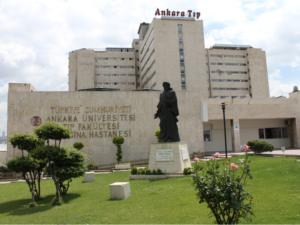
Ankara University School of Medicine Ibni Sina Hospital
Ankara, Turkey
Department of Anaesthesiology and Reanimation (July 2022 – July 2026)
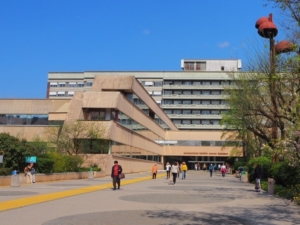
University Medical Centre Ljubljana
Ljubljana, Slovenia
Clinical Department of Anaesthesiology and Surgical Intensive Care (May 2022 – May 2027)
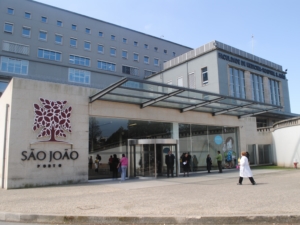
Centro Hospitalar São João
Porto, Portugal
EPE Department of Anaesthesiology (March 2020 – March 2025)

Hospital Santo Antonio
Porto, Portugal
Centro Hospitalar Do Porto Serviço de Anestesiologia (August 2022 – August 2027)
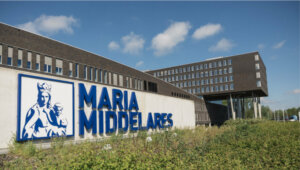
AZ Maria Middelares
Gent, Belgium
Department of Anaesthesiology (December 2022-December 2027)

Klinik für Anästhesiologie
Düsseldorf, Germany
Department of Anaesthesiology (June 2022 – June 2027)